This version of the Kinuta lounge chair has the same basic construction as its relative, the N-LC01 | Lounge Chair, but with a free hanging seat in either leather or canvas. The seat forms according to the body of the user and creates a much more lightweight expression - a concept which carries its references from the traditional “safari chairs”.
N–LC02
NORM ARCHITECTS

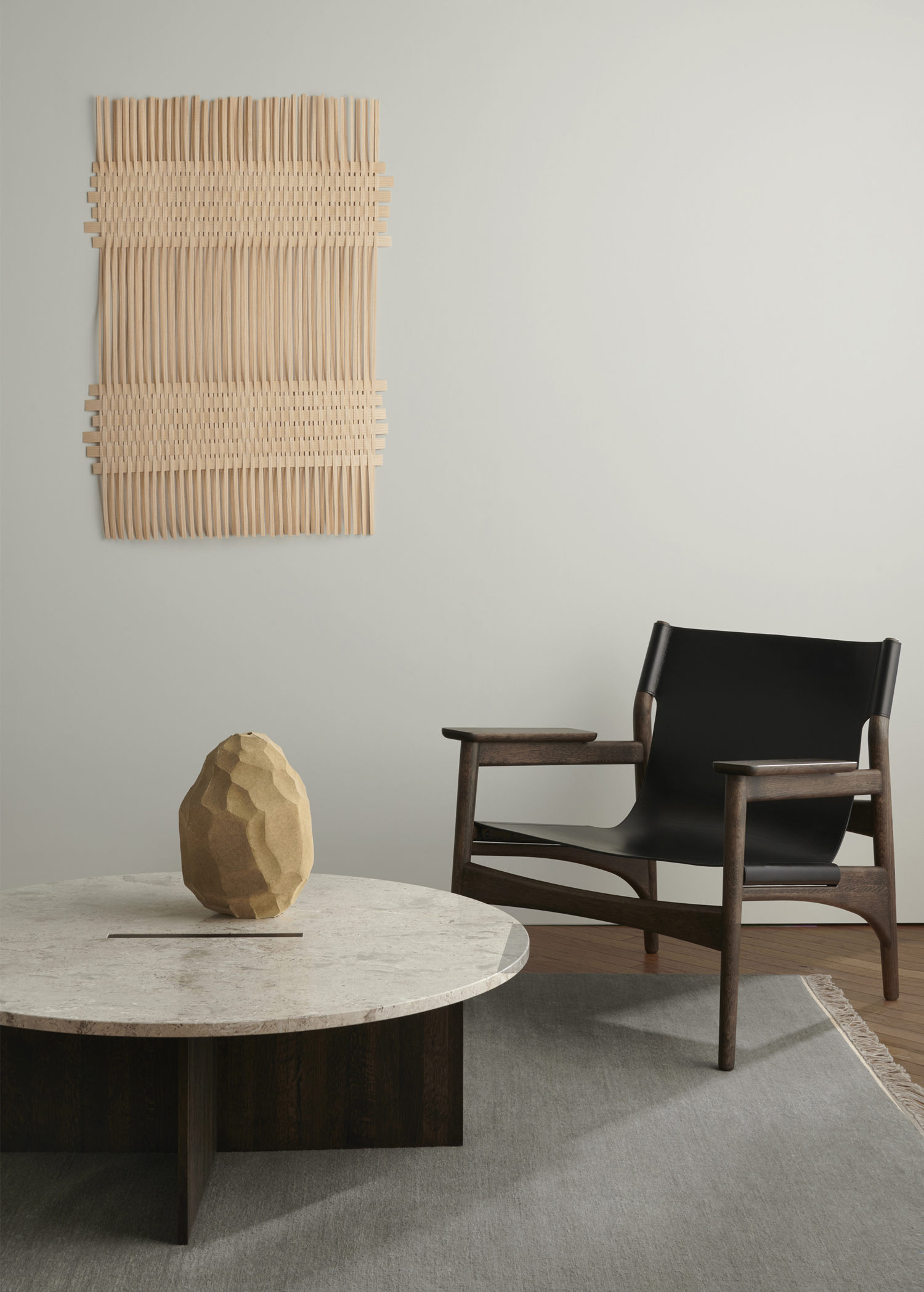
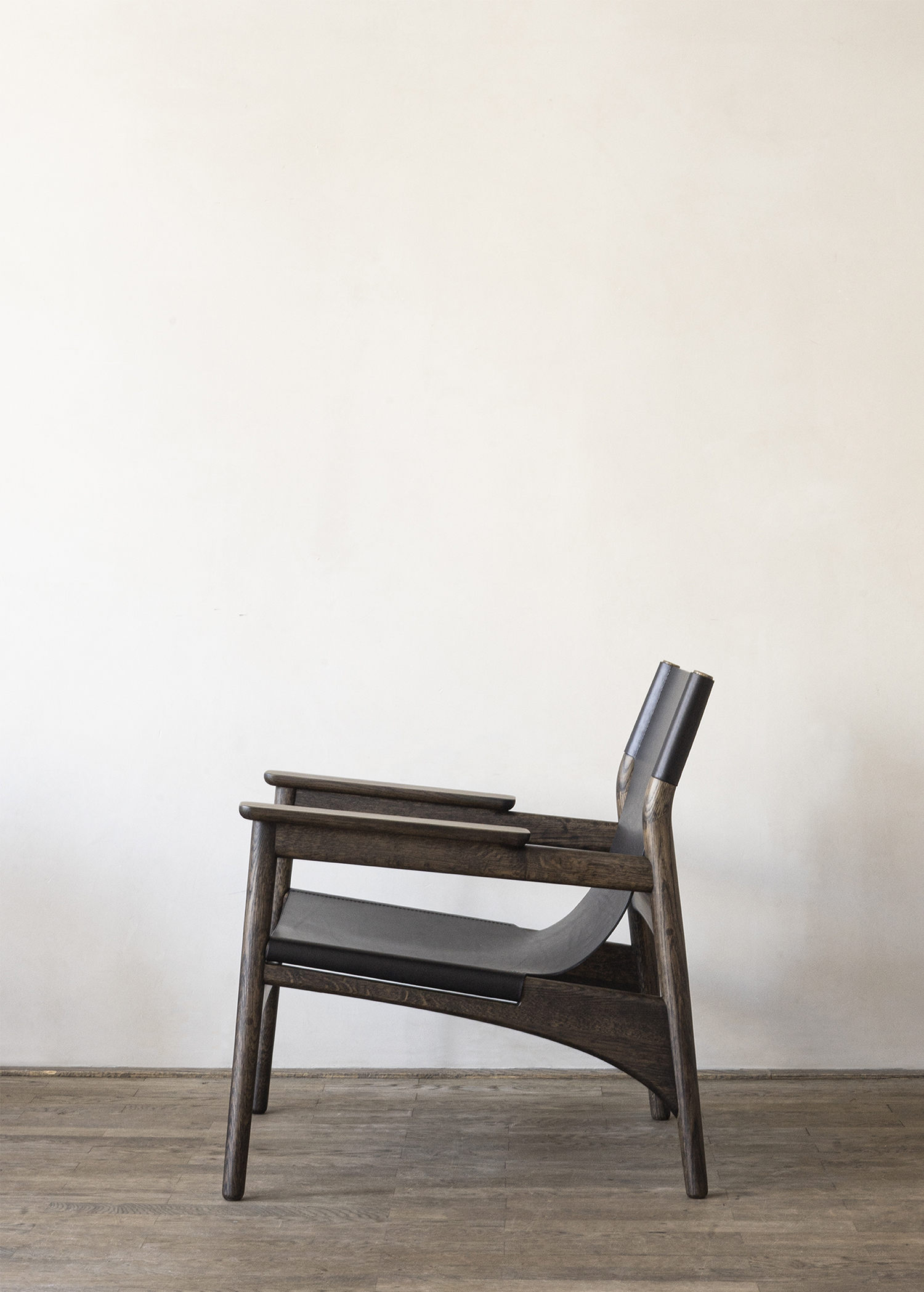


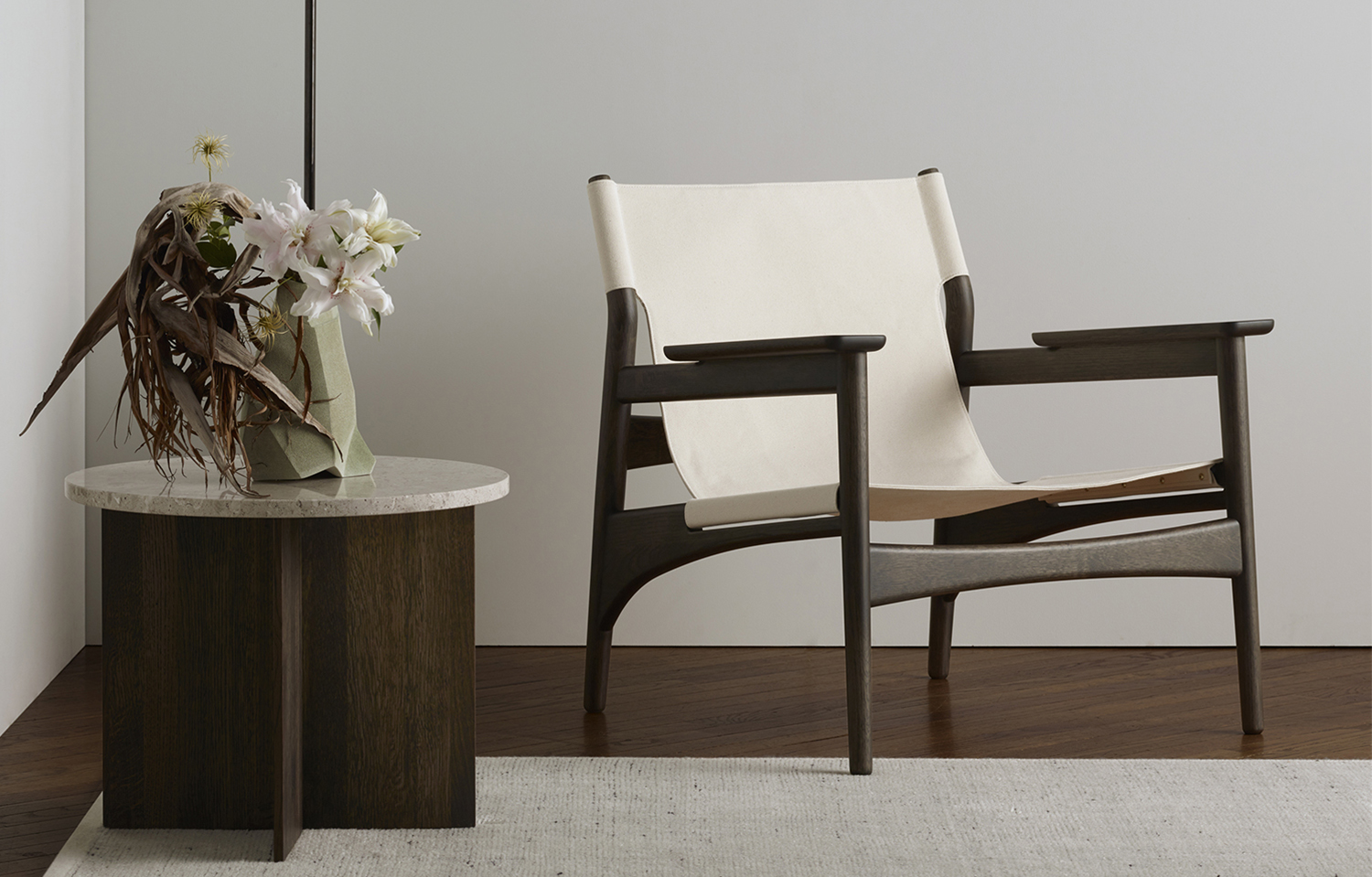
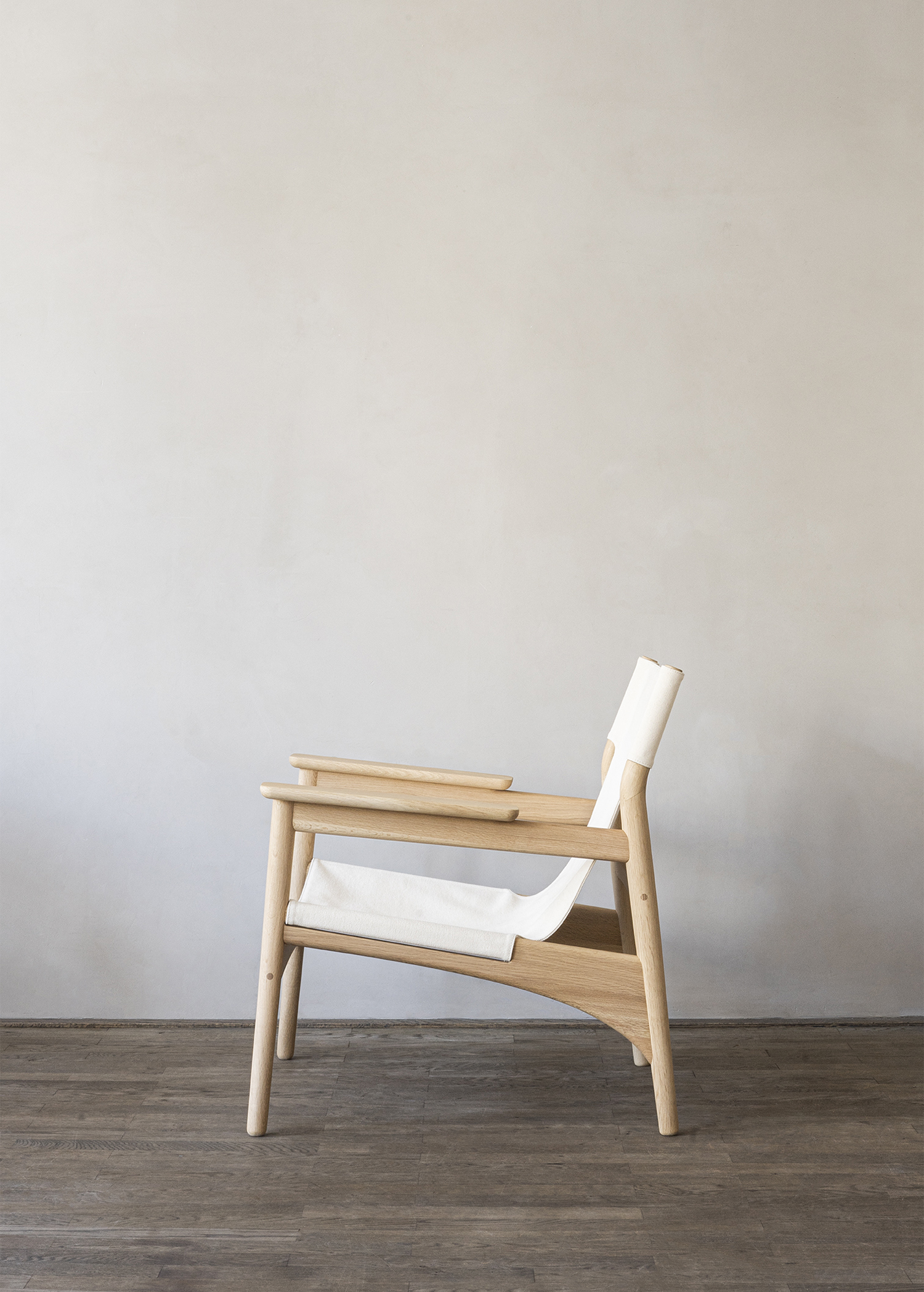
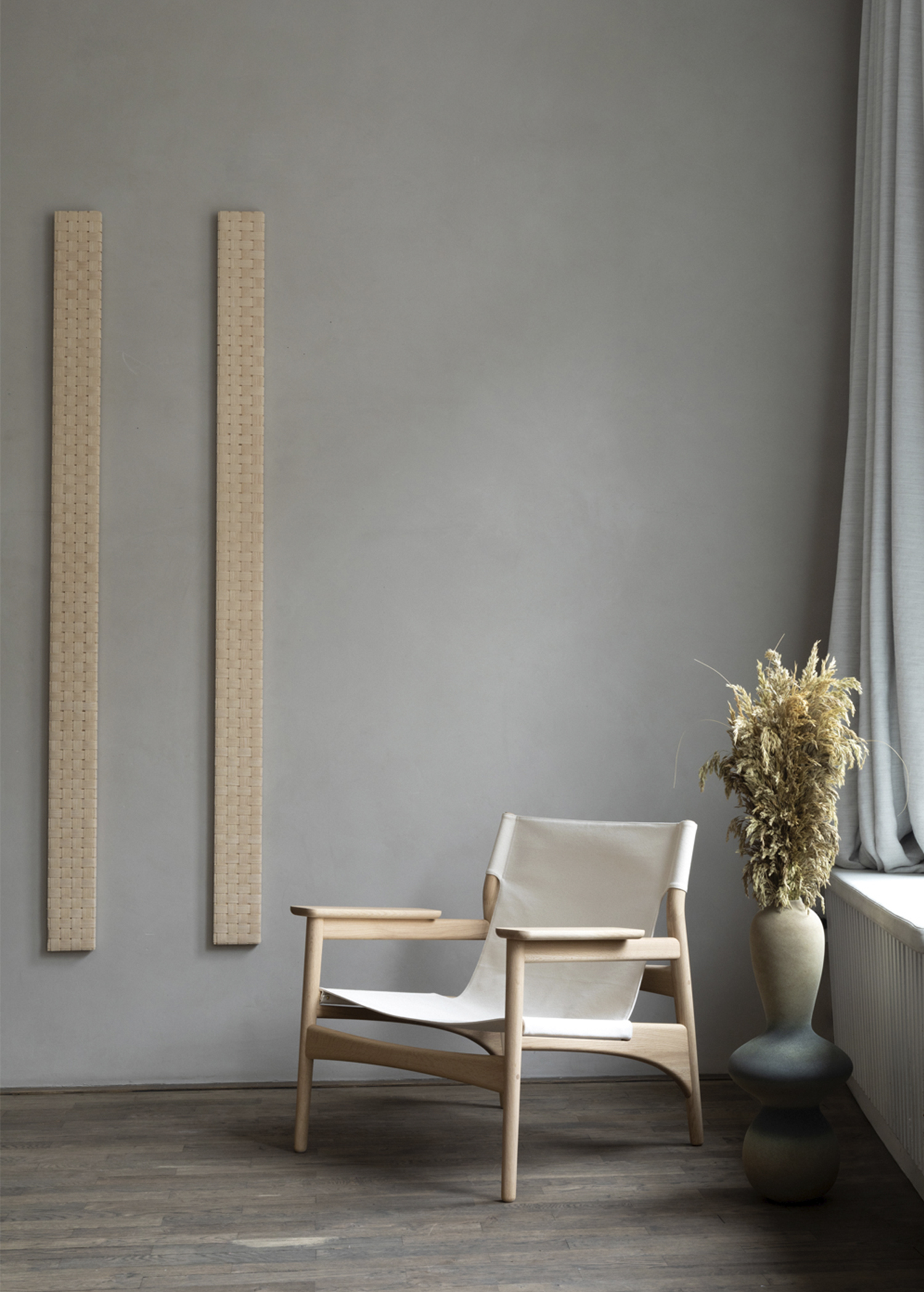


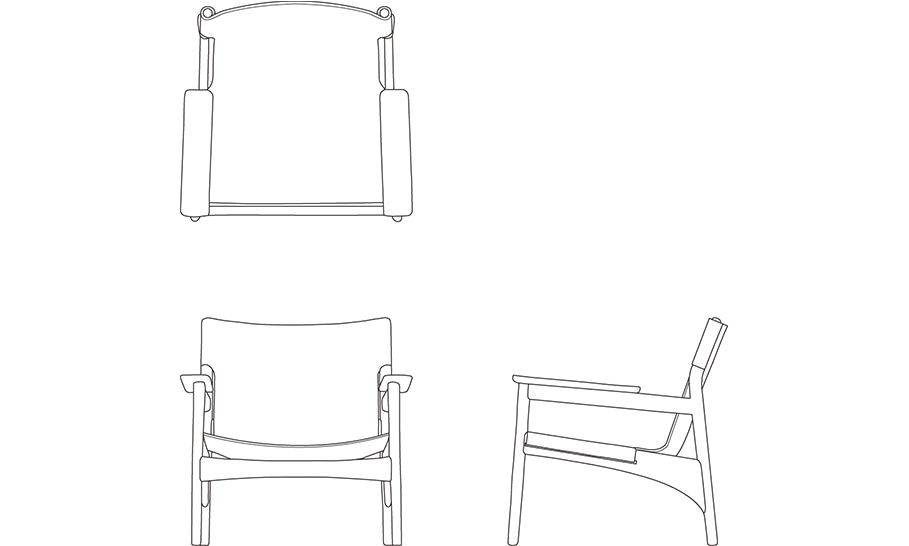
- Dimensions
- width
- 725
- depth
- 670
- height
- 720
- SEAT HEIGHT
- 330
- ARM HEIGHT
- 540
- materials
- TIMBER
- PURE OAK
- SMOKED OAK
- GRAIN MATTE BLACK
- UPHOLSTERY
- CANVAS
- LEATHER
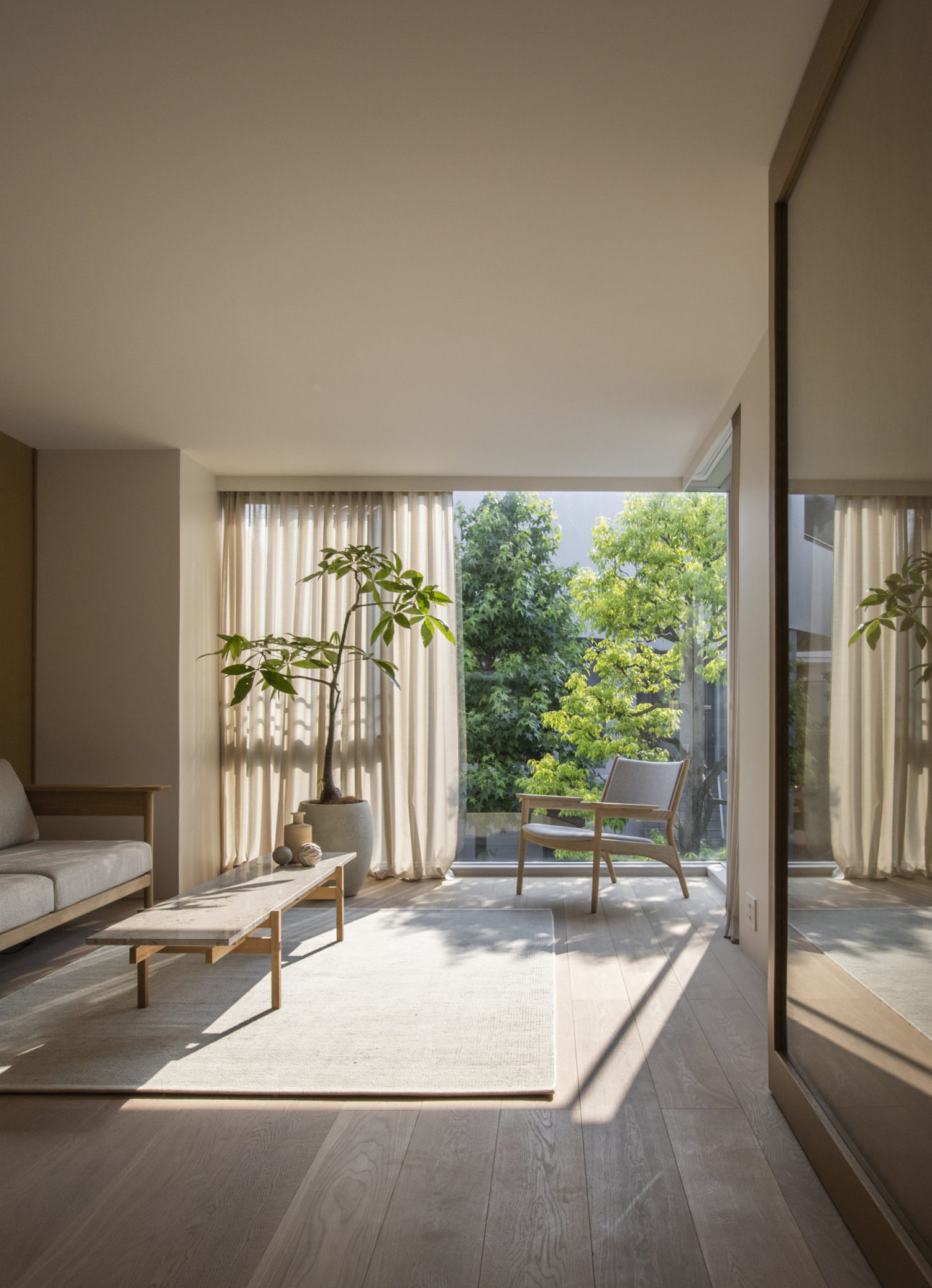
Kinuta Terrace
The Kinuta Collection has its native setting in two of the 36 Kinuta Terrace apartments located in the Kinuta ward of the Setagaya district in Tokyo. Kinuta Terrace was originally built in 1991 with an integrated courtyard, giving residents the advantages of a single-family home.
The Keiji Ashizawa Design team has renovated the interiors in collaboration with Norm Architects, creating, amongst a series of interior elements, 12 tailormade furniture pieces that make up the first collection of Karimoku Case, all drawing on the natural references of the connected courtyard in an attempt to invite in nature as much as possible — in their design language as well as through their material compositions.

Kinuta Terrace
The Kinuta Collection has its native setting in two of the 36 Kinuta Terrace apartments located in the Kinuta ward of the Setagaya district in Tokyo. Kinuta Terrace was originally built in 1991 with an integrated courtyard, giving residents the advantages of a single-family home.
The Keiji Ashizawa Design team has renovated the interiors in collaboration with Norm Architects, creating, amongst a series of interior elements, 12 tailormade furniture pieces that make up the first collection of Karimoku Case, all drawing on the natural references of the connected courtyard in an attempt to invite in nature as much as possible — in their design language as well as through their material compositions.
Norm Architects
Norm Architects was founded in 2008. The multidisciplinary design studio works within the fields of industrial design, residential architecture, commercial interiors, photography and art direction. Much like human well-being, the essence of Norm Architects’ work is found in balance — between richness and restraint, order and complexity.
Each project — whether in architecture, interiors, design or creative direction — is imbued with the same intrinsic quality: a simplicity that carries bigger ideas. Guided by the body and mind rather than by trends or technology, their projects explore ideas that not only look good, but feel good too: Architecture be- comes thoughtful, minimalism acquires softness and visual matter assumes haptic qualities. Their work is sharp and crisp, and exudes, tacitly, a focus on quality, details and durability. Situated in one of the oldest streets of Copenhagen, Denmark, the studio is respectful to its context here and build on the traditions of Scandinavian de- sign — of timeless aesthetics, natural materials and upholding modernist principles of restraint and refinement. Through exploring what it is that heightens the human senses regardless of personal preference, their projects strip spaces, objects, ideas and images back to their simplest form. Their expertise lies in finding the balance — when there’s nothing more to either add nor take away.
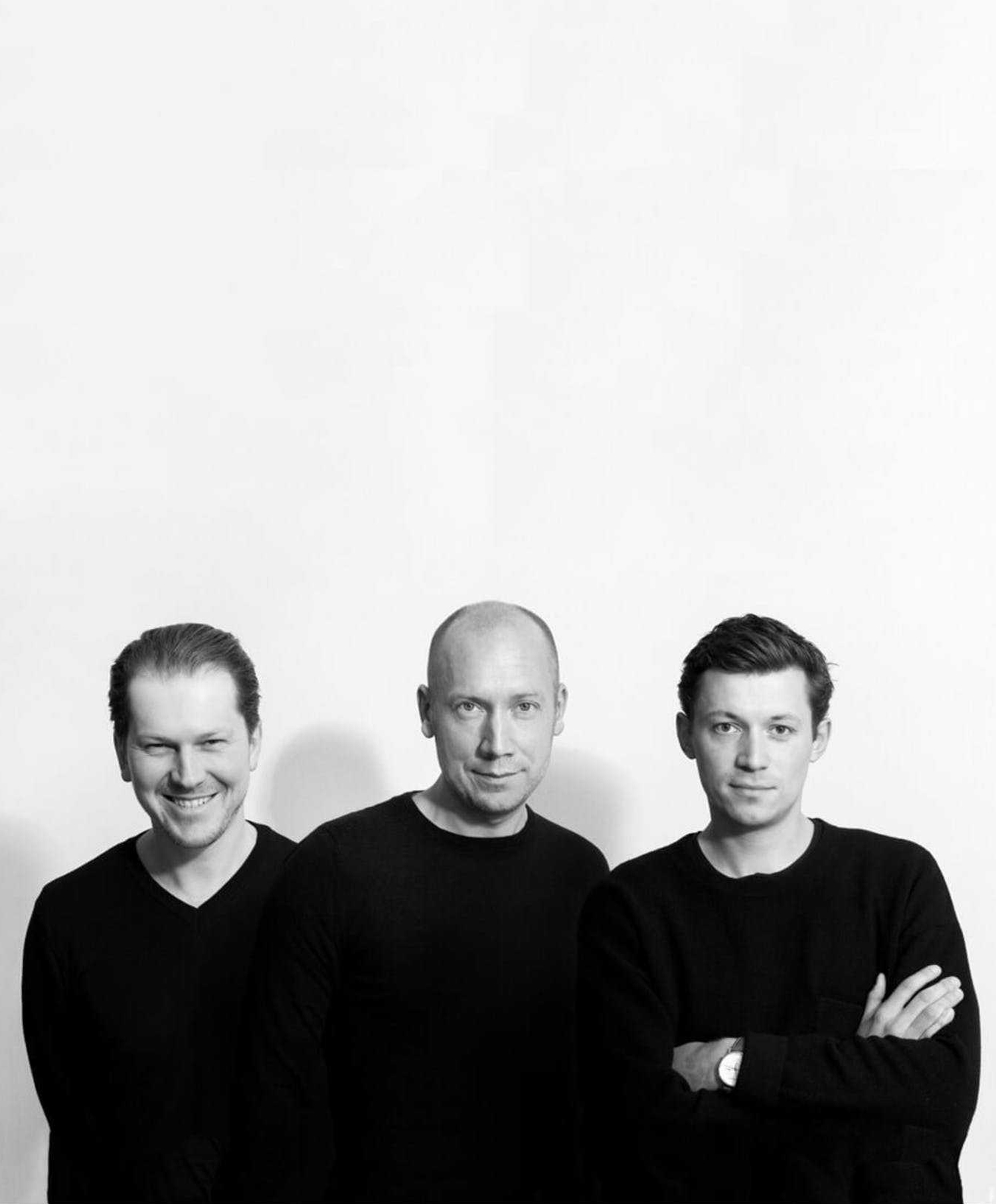

Norm Architects
Norm Architects was founded in 2008. The multidisciplinary design studio works within the fields of industrial design, residential architecture, commercial interiors, photography and art direction. Much like human well-being, the essence of Norm Architects’ work is found in balance — between richness and restraint, order and complexity.
Each project — whether in architecture, interiors, design or creative direction — is imbued with the same intrinsic quality: a simplicity that carries bigger ideas. Guided by the body and mind rather than by trends or technology, their projects explore ideas that not only look good, but feel good too: Architecture be- comes thoughtful, minimalism acquires softness and visual matter assumes haptic qualities. Their work is sharp and crisp, and exudes, tacitly, a focus on quality, details and durability. Situated in one of the oldest streets of Copenhagen, Denmark, the studio is respectful to its context here and build on the traditions of Scandinavian de- sign — of timeless aesthetics, natural materials and upholding modernist principles of restraint and refinement. Through exploring what it is that heightens the human senses regardless of personal preference, their projects strip spaces, objects, ideas and images back to their simplest form. Their expertise lies in finding the balance — when there’s nothing more to either add nor take away.